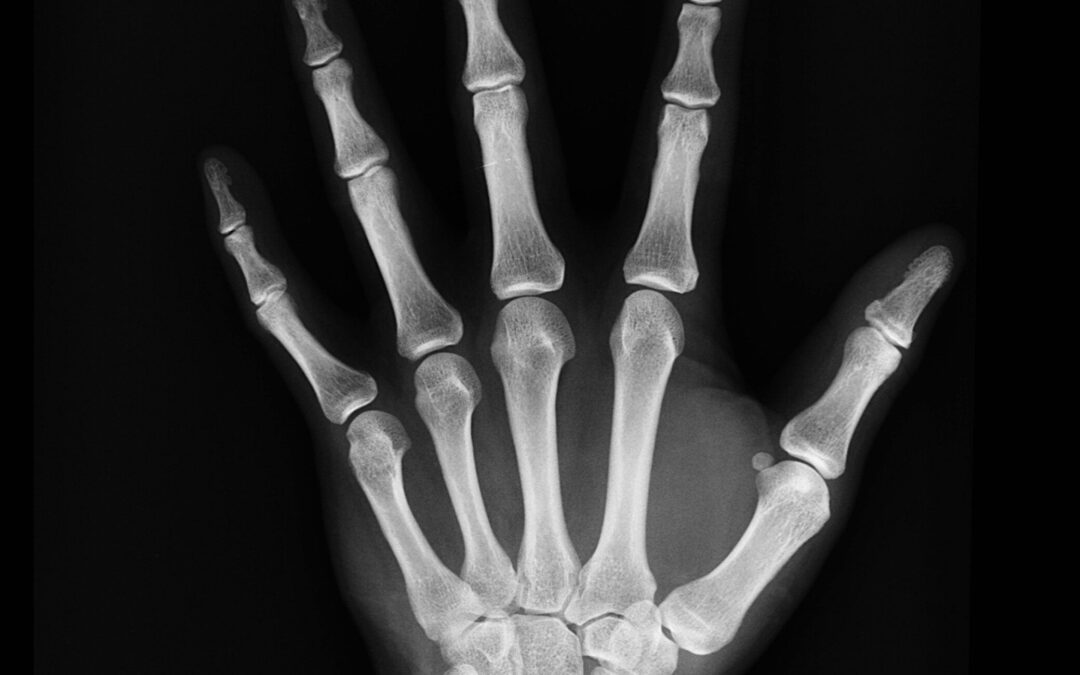Thermal imaging is a valuable tool for home inspectors. It tells you important information about everything you need to know about what is happening behind your walls. Most of the time, the problems an inspector looks for inside your home are invisible to the naked eye. So, what can thermal imaging tell you about your home?
Find potential fire hazards in and around your home
Throughout the year, your home goes through frequent periods of heating and cooling. When surfaces heat and cool, this causes them to expand and contract. This is a common cause of loose wiring and pinched connections behind your walls.
The cost of thermal imaging will be far lower than the damages that can result in unchecked fire hazards. Thermal imaging allows your home inspector to see past your walls and into hotspots from faulty wiring and even electrical inefficiencies.
Pinpoint leaks and faulty insulation
It’s perfectly normal for your home to leak air, but with the help of a thermal imaging inspection, you can spot irregularities that need repair or reinforcements. Without a thermal imaging camera, finding leaks is incredibly difficult up until it becomes a serious problem.
Excess leakage and faulty insulation can bring outside contaminants into your home and cause your HVAC system to run overtime, leading to frequent repairs and high energy bills. Getting a thermal imaging inspection in your home is best practice when trying to make it more energy-efficient, when you notice uncontrollable drafts, or cold and hot spots.
See structural defects instantly
A quick scan of your walls with a thermal imaging camera can reveal a lot about how your home was built and if there are any faults in its construction. Your home inspector can track changes in temperature and conductivity to identify areas with faulty insulation, structural weaknesses, and electrical problems.
The beauty of using thermal imaging inspections is that it’s minimally invasive and can be finished very quickly. If your home inspector finds a problem behind your walls, you can isolate the repair and save a lot of time and money.
Identify moisture behind your walls
Another handy feature of thermal imaging devices is their ability to track moisture behind your walls. It’s important to identify areas with excess moisture to find leaks, mold, and water damage before the problem gets out of hand.
When moisture is left unchecked, the cost of water damage and toxic mold growth will far outweigh the cost of thermal imaging. This is why home inspectors keep a close eye out for cold spots in your home. The tricky thing about moisture behind your walls is that you would never notice it without a thermal imaging camera until it’s too late.
Inspect your home with thermal imaging
Ernst Home Inspections specializes in thermal inspections so that you know exactly what is happening behind your walls. We are proud to provide quality service in and around the Dayton, Ohio area. To discuss the cost of thermal imaging inspections or schedule one for your home, call us during our regular business hours or contact us online.

